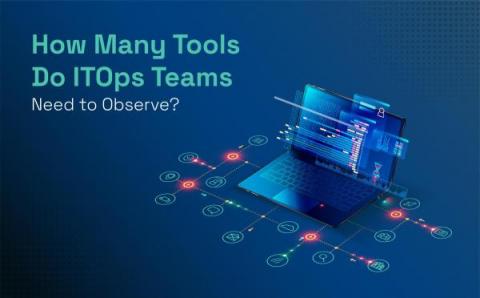Why is Causation Important in AIOps?
Modern IT environments have become much more complex to manage thanks to hybrid infrastructures and comprehensive instrumentation that generate metrics, alerts and events data constantly. ITOps (IT Operations) and SRE (Site Reliability Engineering) teams are tasked with providing superior performance and user experience for the numerous applications while not letting the budget out of hand.







